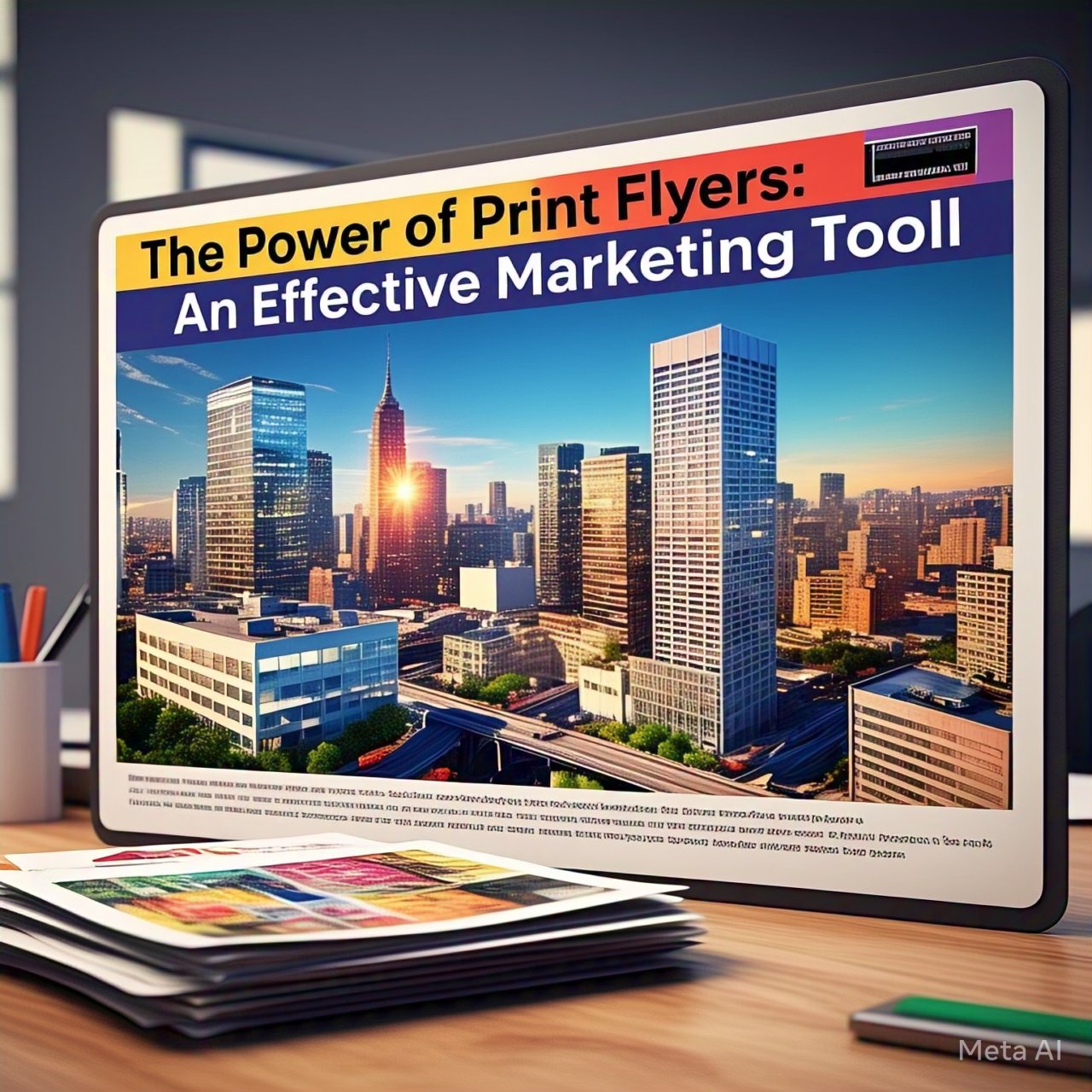A trade show display is a powerful tool for businesses to attract potential customers, showcase their products, and build brand recognition. A successful trade show exhibit must capture attention, communicate a clear message, and provide an engaging experience that resonates with attendees. In today’s competitive trade show environment, a well-designed display can make the difference between standing out from the crowd or blending into the background.
In this article, we’ll explore the essential elements that make a good trade show display, including design principles, functionality, branding, engagement strategies, and logistics. By understanding these key components, businesses can create displays that not only draw in visitors but also effectively communicate their value propositions.
1. Attention-Grabbing Design
The first step in creating a successful trade show display is ensuring it grabs the attention of attendees as they walk by. Trade shows are crowded, noisy environments where hundreds of companies compete for attention, so a visually striking booth is crucial.
a. Bold Graphics and Visuals
Large, high-quality graphics with vibrant colors are one of the most effective ways to draw people to your booth. Your company logo should be prominently displayed, along with compelling images that clearly represent your brand and products. The graphics should be:
- High-resolution: Crisp, clear images that are easy to see from a distance.
- On-brand: Visuals that align with your company’s branding, colors, and message.
- Simple: Avoid overly complicated designs that may confuse or overwhelm the audience. Simplicity helps convey a clear and concise message.
b. Strong Use of Color
Color plays a significant role in catching attention and setting the tone for your booth. Bright, contrasting colors can make your display stand out from a distance, while more subdued tones can create a sense of professionalism and trust. Consider using:
- Contrasting colors: To create a focal point and guide the viewer’s eye to key elements of the display.
- Consistent branding colors: To maintain brand recognition and consistency across all marketing materials.
c. Effective Lighting
Lighting is often overlooked but can dramatically enhance the impact of your display. Proper lighting can highlight key products, illuminate signage, and create a welcoming atmosphere. Consider using:
- Spotlights: To draw attention to specific products or features of your display.
- Backlighting: To make your signage or graphics stand out.
- Ambient lighting: To set the mood and tone of the booth (e.g., warm lighting for a relaxed environment, bright white light for a high-tech feel).
2. Clear and Engaging Messaging
Once you’ve grabbed attention with visuals, your messaging should immediately communicate who you are, what you offer, and why visitors should care. Trade show attendees typically have limited time to spend at each booth, so your message needs to be clear and compelling.
a. Concise, Value-Oriented Messaging
Your booth should prominently feature concise messaging that highlights the benefits of your product or service. Focus on your unique value proposition (UVP) and what sets your brand apart. Use bullet points or short phrases to communicate the key points:
- What problem do you solve?
- What benefits do you offer?
- Why should visitors choose you over competitors?
Keep text short and scannable. Attendees won’t spend time reading long paragraphs, so ensure your key message is easily digestible.
b. Headline and Call to Action
Every booth should have a strong headline that captures attention and communicates the core of your offering. This should be bold, large, and positioned at eye level so attendees can read it from a distance. In addition, a call to action (CTA)—such as “Learn More,” “Get a Free Sample,” or “Sign Up for a Demo”—should clearly guide visitors on the next steps to engage with your booth.
3. Functionality and Layout
A well-designed trade show booth is not just about looks—it must also be functional. The layout of your booth should facilitate easy movement and interaction while ensuring that your key products or services are highlighted.
a. Open and Inviting Layout
The booth layout should be open and inviting, allowing visitors to enter freely without feeling cramped. Here are a few layout tips:
- Avoid clutter: Too many items can overwhelm visitors. Focus on showcasing a few key products or services and keep the space clean.
- Strategic placement of displays: Position your most important products or messaging in highly visible areas, preferably at eye level.
- Clear pathways: Ensure there’s enough space for visitors to comfortably walk through your booth and interact with displays.
b. Interactive Elements
Incorporating interactive elements can significantly enhance visitor engagement. Hands-on experiences encourage visitors to spend more time at your booth, creating a memorable interaction with your brand. Consider:
- Product demos: Live demonstrations of your product in action.
- Touchscreens or tablets: Interactive displays where attendees can explore product features, watch videos, or participate in quizzes.
- Virtual or augmented reality: These technologies offer immersive experiences that can differentiate your booth from competitors.
c. Comfortable Spaces for Engagement
Creating comfortable areas for one-on-one conversations or meetings can make your booth more inviting. This could include seating areas with comfortable chairs or bar-height tables where attendees can discuss your products and services with your sales team.
4. Consistent Branding
Brand consistency is crucial for building trust and recognition at trade shows. Your trade show display should align with your overall brand identity, including logos, colors, fonts, and messaging.
a. Unified Branding
Every element of your booth, from the signage to the giveaway items, should reflect your brand. This includes:
- Logo placement: Ensure your logo is visible from multiple angles in your booth.
- Color scheme: Use your brand’s color palette consistently across all visual elements.
- Font consistency: Stick to the same fonts that you use in your other marketing materials, such as brochures or your website.
b. Branded Giveaways
Branded giveaways, such as pens, bags, or USB drives, can help reinforce your brand after attendees leave your booth. These items should be useful, branded with your logo, and related to your industry to ensure they make a lasting impression.
A good trade show display is more than just a visually attractive booth, it’s a strategic tool for engaging attendees, communicating your brand’s value, and generating leads. To stand out at a crowded trade show, your display needs to capture attention, communicate clearly, and provide a memorable, interactive experience. By focusing on key elements like design, functionality, messaging, and engagement, you can create a display that not only draws visitors in but also converts them into long-term customers.
Planning, preparation, and execution are key. With the right mix of visual appeal, engaging interaction, and a clear message, your trade show display can be a powerful driver of brand awareness and business growth.











